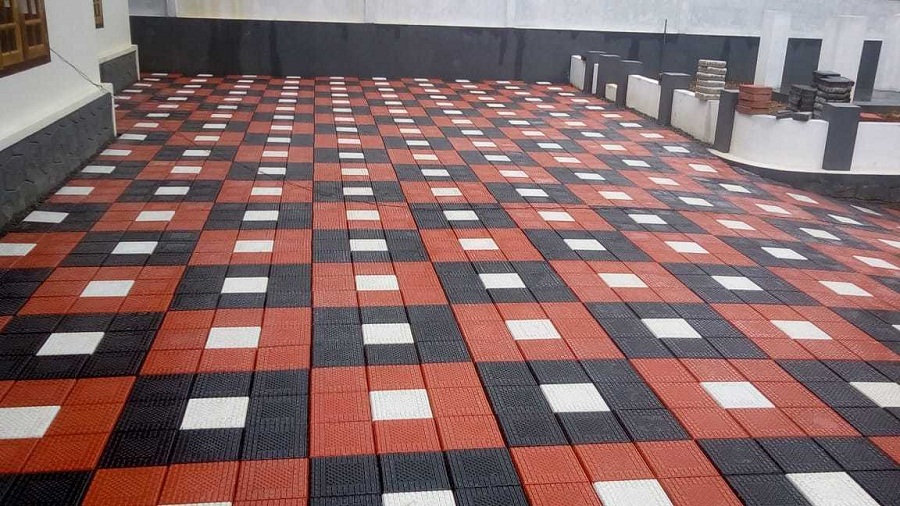
click through the up coming article can be explained as the arranging of material to supply a firm surface area upon which something stands or is definitely laid. In the framework of paving, which means that the paving is intended for the exterior use of a space. A paved path, for instance, may be placed for pedestrian traffic or for general public park use. General public areas are frequently paved with rock, brick, or additional hard surfaces, including those of the Roman Arenas. This paved area would then become shielded from sun and rain and produced secure for use.
In construction, paving, known as pavement also, is an external ground or ornamental surface covering usually. Paving materials available include concrete, stone, asphalt, rocks like flagstone, rocks, setts, along with other synthetic stone, rocks, bricks, tiles, wood, and also occasionally wood mulch. The paving slabs are laid for the sub-base, or underlying ground. The thickness of the paving slabs and the gear useful for laying them are responsible for the amount of traffic in the paved area can withstand.
Concrete may be the most common material useful for pavements, since it is definitely cheaper and easier to work with. However, if you opt to use concrete, you should know that it is even more vunerable to damage from freezing frost and rainfall, from chemical pollution, etc. click the up coming web site and servicing are essential to prevent this kind or kind of damage.
Stone is really a popular option for stone paving. It is durable and attractive, but its resilience is dependent about how it was constructed. source website can be used to build deck slabs and stepping rocks also. The most important thing to keep in mind is that you need to have an excellent mix of size and age for your patio slabs and stepping stones, they’ll not keep their form in any other case. For investigate this site , when you have an extremely small patio, you should stay away from too small concrete paving slabs and paving steps.
As previously mentioned, you can find two main possibilities for paving your patios: bricks and cobblestones. Bricks are the cheapest choice, but there are many issues with them. Of all First, you will need a large amount of bricks or cement to be able to create sufficient paves to pave your entire patio. Second, brick paves easily have a tendency to break, which can be dangerous if you can find children about. cobblestone alternatively, are very long lasting, but need a lot of labor to create.
Limestone is another popular option for stone paving. They’re not as durable as bricks and tend to crack more easily, but they are more stylish. It is important to realize that normally it takes years before you will have to replace the majority of your patio slabs, with regards to the activity degree of your family. For example, the average of about five years is required for patio slabs in higher traffic areas. If you go on a ranch or plantation, then this may be much more.
For those who wish to accomplish the paving themselves, they might be enticed to use pre-poured concrete of paver gemstones or fine sand instead. Pre-paved tarmac driveways is nothing more than a layer of water resistant sand that is poured over an exterior ground paver layer. Actually, it would be impossible to tell the distinction between pre-paved concrete and sandstone, as the most paver sand and rocks useful for paving are already finely terrain to excellence.
Paving your own paving requires a large amount of time, money, and dedication. The procedure starts having a design for the layout of your patio. Next driveways dublin select the numerous kinds of cobbles and rocks that’ll be used in your paving project. Then it gets a bit more difficult because you have to figure out how a lot of each material you’ll need to purchase, just how many of each to buy, and just how many to make. From there, you can start pouring the components into your paver holes individually.



0 Comment